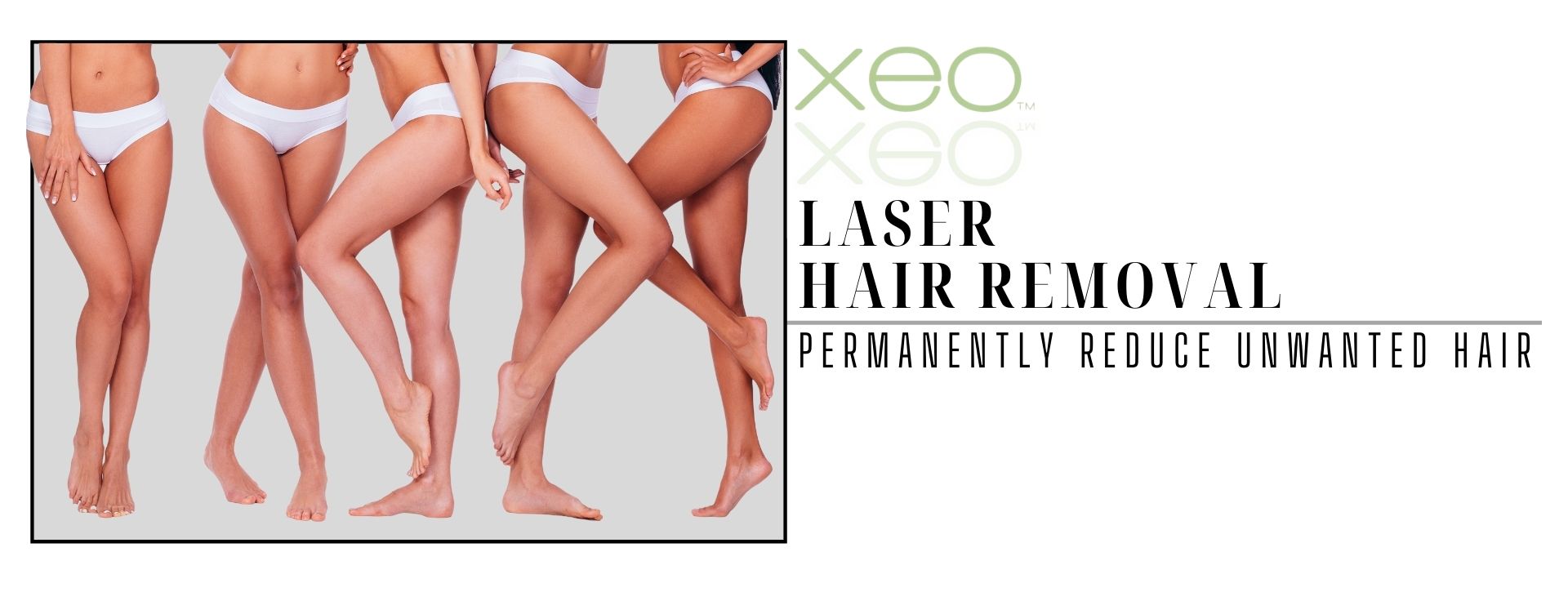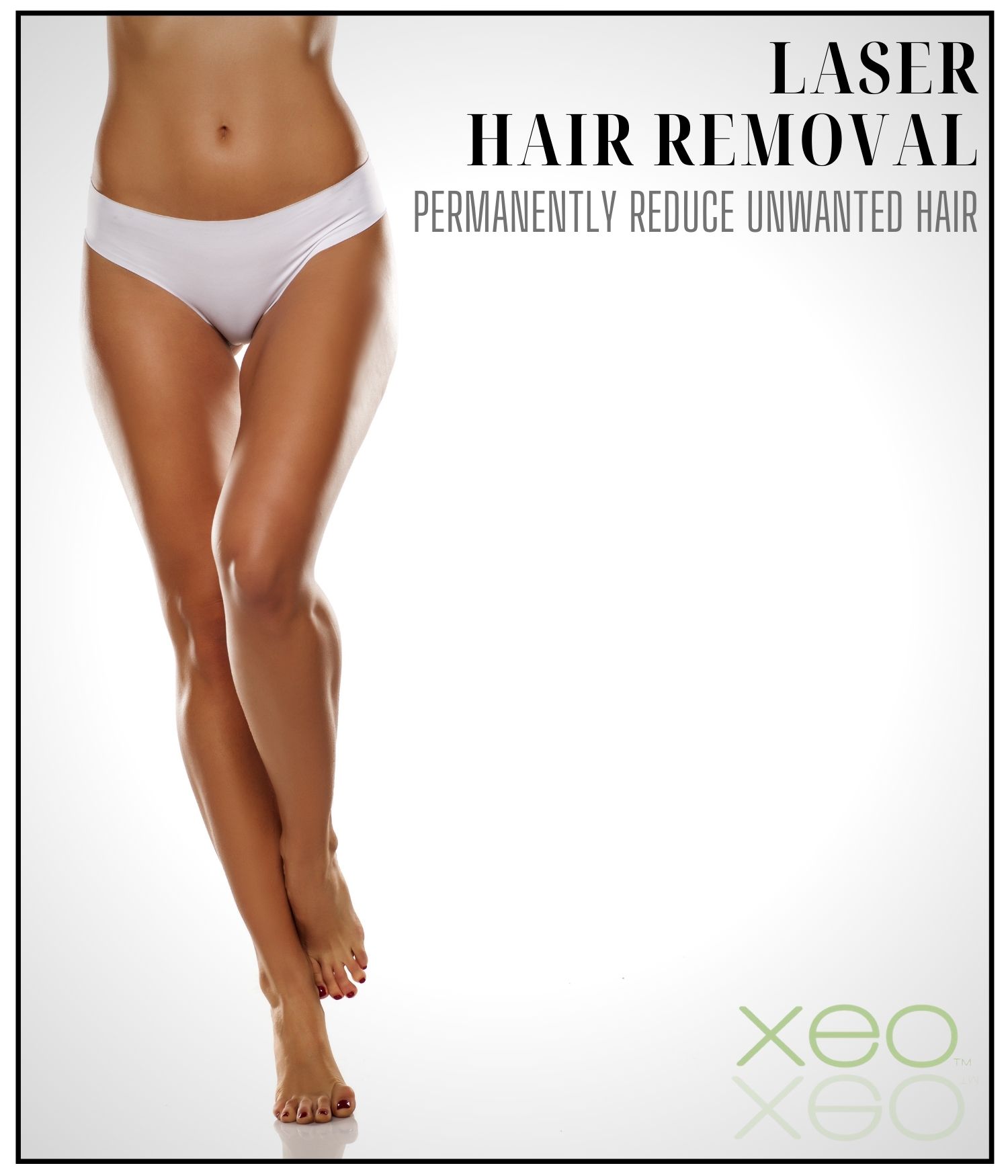


Call us at 909-902-1988 or fill out the form below:
By submitting this form you agree to be contacted via phone/email
What is laser hair removal?
Laser hair removal treatments use light energy to permanently damage or destroy hair follicles—usually on the legs, back, underarms, or face—with the goal of preventing hair from growing back. The U.S. Food and Drug Administration (FDA) says laser hair removal effectively reduces the amount of hair you have by about 70%. While it may not remove it forever, the hair that grows back is usually much finer and less noticeable.
What happens during laser hair removal?
Each treatment may take up to an hour, depending on the size of the area being treated. Smaller areas like the upper lip, ears, chin can be treated in less than a minute, while large areas like the back or legs can take up to an hour.
First, your provider will determine what kind of laser is best for your skin and hair, as well as your goals. Tell them about any medications you’re taking, as well as any medical conditions.
The laser equipment will be adjusted to your skin color and hair thickness.
You’ll need to put on special eye protection so the laser light doesn’t damage your eyes. Your doctor may also use a cold gel or cooling device to protect your skin and help the laser to penetrate.
Then you’ll undergo a test pulse of light to the treatment area, and your physician will check the area over several minutes to see if you have any adverse reactions.
During the treatment, the laser emits a concentrated beam of light to damage the hair follicle and prevent regrowth. While your provider methodically treats one small area at a time, you may feel mild discomfort, like a warm pinprick or snap, as the laser passes over your skin.
When the procedure is done, you may be given ice packs and anti-inflammatory creams to help keep swelling down and soothe any irritation.
What can you expect after laser hair removal?
For a day or two afterward, the treated area of your skin may look and feel like it’s sunburned, so you might need to use cool compresses or a gentle moisturizer. If your face was treated, you can safely wear makeup the next day unless your skin feels irritated.
Take these tips for a smoother recovery:
Avoid sun exposure. Any time you anticipate being out in the sun, apply sunscreen with a minimum SPF 30.
Shave to remove any hair between laser sessions, but refrain from threading, waxing, and tweezing. “If you’ve decided not to continue with your laser hair removal for the time being, then you can go ahead and use any method to remove hair in the interim,” says Dr. Green.
For the first few days, avoid perfumes, deodorant (if you’ve lasered your underarms) and hot showers or saunas. Take a lukewarm shower instead.
It’s common to experience some swelling, itching, and redness after laser hair removal due to irritation of the hair follicles. “You may try taking an antihistamine and applying hydrocortisone a few times a day to relieve redness and itching,” says Dr. Steven H. Williams, a plastic surgeon in Dublin, California.
Wait for 24 hours after laser hair removal in the bikini area for the swelling to go down before you have sex.
Is laser hair removal permanent?
Laser hair removal will permanently reduce hair growth, but it doesn’t permanently remove it in all cases. Any hair the laser can’t destroy can be removed through electrolysis.

Call us at 909-902-1988 or fill out the form below:
By submitting this form you agree to be contacted via phone/email


Call us at 909-902-1988 or fill out the form below:
By submitting this form you agree to be contacted via phone/email

